Toyota has lifted the covers off the sixth-generation RAV4, with the family SUV bringing a striking new look and a generational upgrade in on-board tech.
The car’s dramatic styling is said to reference the off-road credentials of earlier RAV4s, with a boxier – almost Land Cruiser-like – silhouette and chunkier wheel arches. The new hammerhead lights front and rear bring its looks into line with those of the latest Prius and C-HR.
Inside, the RAV4 gets a new 12.9in infotainment touchscreen that is the first to run on Toyota’s new Arene operating system. Like Google’s Android or Apple’s iOS, it is a standard platform that will be rolled out across all future Toyotas, to enable quicker and easier development of new features.
This, Toyota said, will allow it to develop new and more powerful safety and entertainment systems and introduce new functions through over-the-air updates rather than requiring prospective buyers to wait for a new model generation.
At the RAV4’s launch, for example, the Arene platform will arrive with new safety features, such as a rear-approach monitor devised to help drivers merge onto motorways. In the longer term, the brand has previously mooted functionality such as downloadable performance packs that replicate the dynamics of different Toyotas: drivers could, for example, choose a GR86-inspired chassis set-up for a spirited drive, before switching to more Lexus-like damping for the journey home.
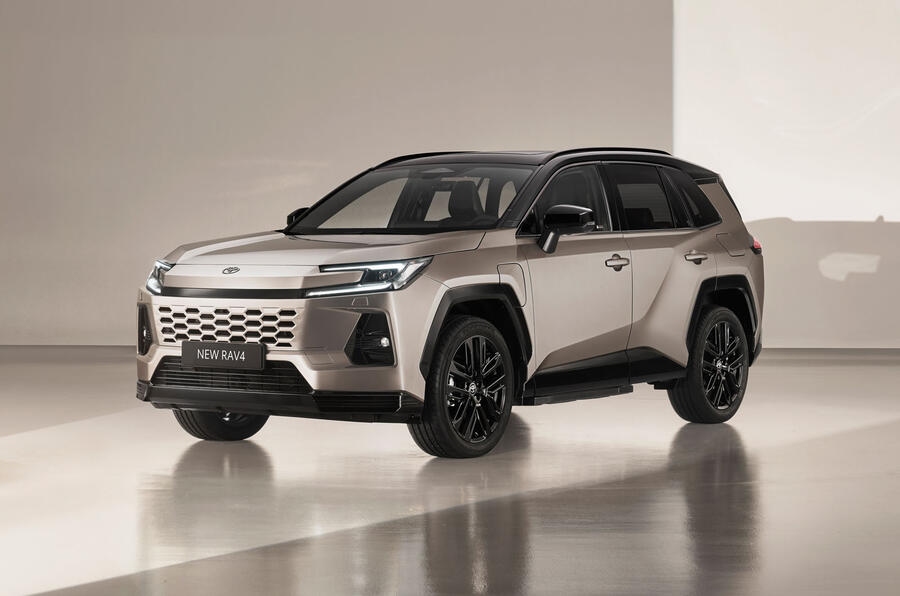
The new RAV4 will be offered exclusively with plug-in hybrid powertrains in the UK. Exact specifications have yet to be confirmed, but in Europe there will be a choice of 264bhp front-wheel-drive and 300bhp four-wheel-drive powertrains.
The most powerful PHEV is capable of sprinting from 0-62mph in 5.8sec, and it can drive under electric power alone for up to 62 miles. Its 22.7kWh battery can be topped up at up to 50kW on a DC connection, taking 30 minutes to go from 10-80%, or at 11kW on AC.


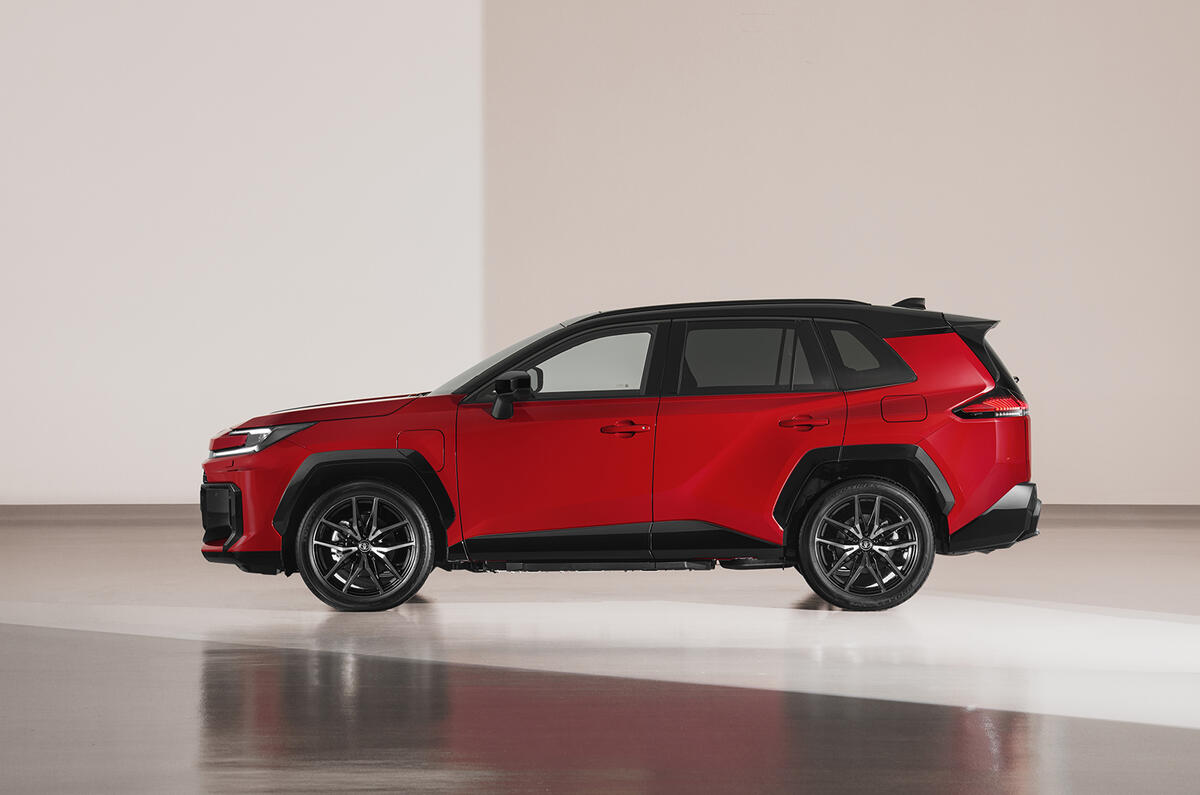
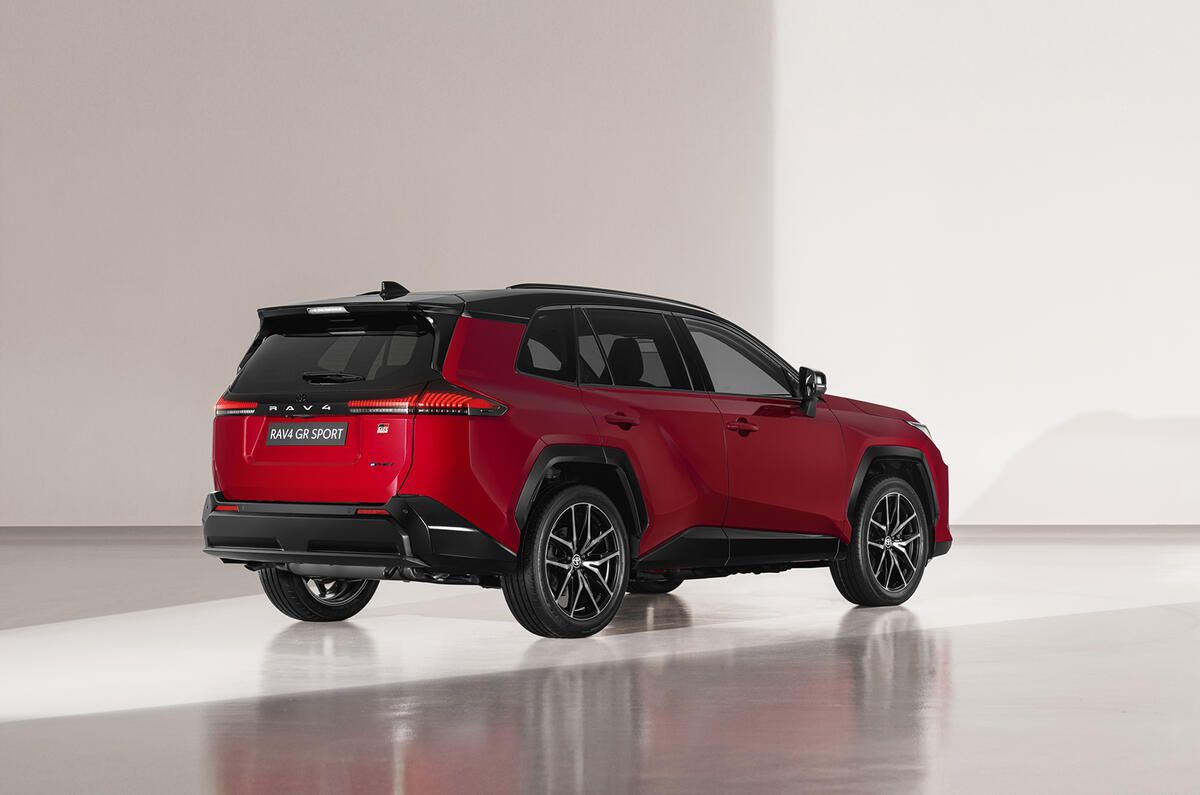
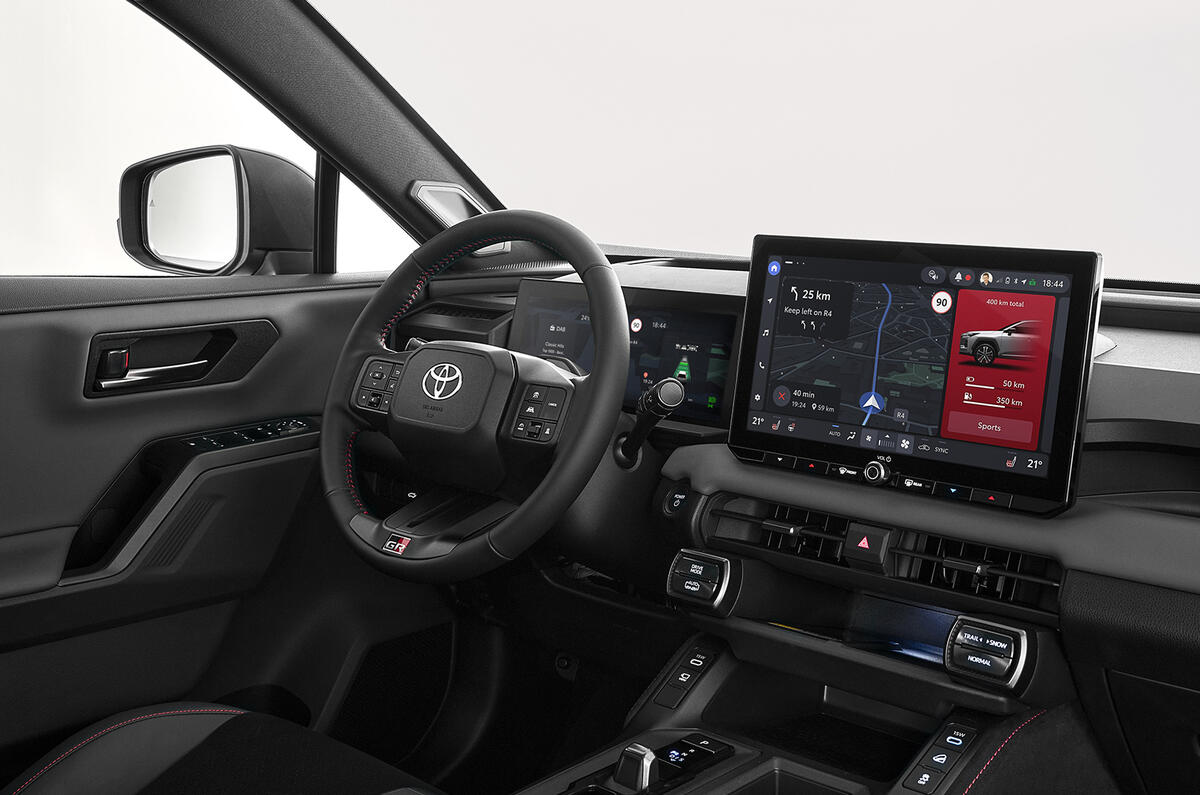
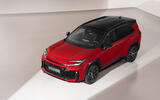
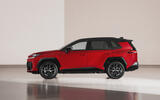








Join the debate
Add your comment
I will say though, the interior is fantastic, even better than the great interior of the current version. These have become are real workhorses, at least the base models, as Prados and even Hiluxes have become more expensive, and need to be engineered and built to the highest standards to take the beatings they receive and be durable and functional. Anybody who understands design and engineering knows that Toyota doesn't skimp on material quality, they use very high grade plastics and fabrics, wonderfully engineered controls that never break, and this one looks to be even closer to Hilux/Prado standards than ever. The proof is seen whenever one steps into a 20yo or even 30yo Toyota.
Oh, and for those who don't understand why the screens are mounted proud of the dash, screens get hot and Toyotas are sold in countries with very hot climates and must still pass Toyota's industry-leading durability and reliability tests, even when parked in the Pilbara. So installing them away from the dash allows more air to circulate, keeping them cooler and increasing their reliability. So now you know :-)
What absolute rubbish, plenty of cars sold in hot countries don't have stuck on tablets, even other Toyotas.